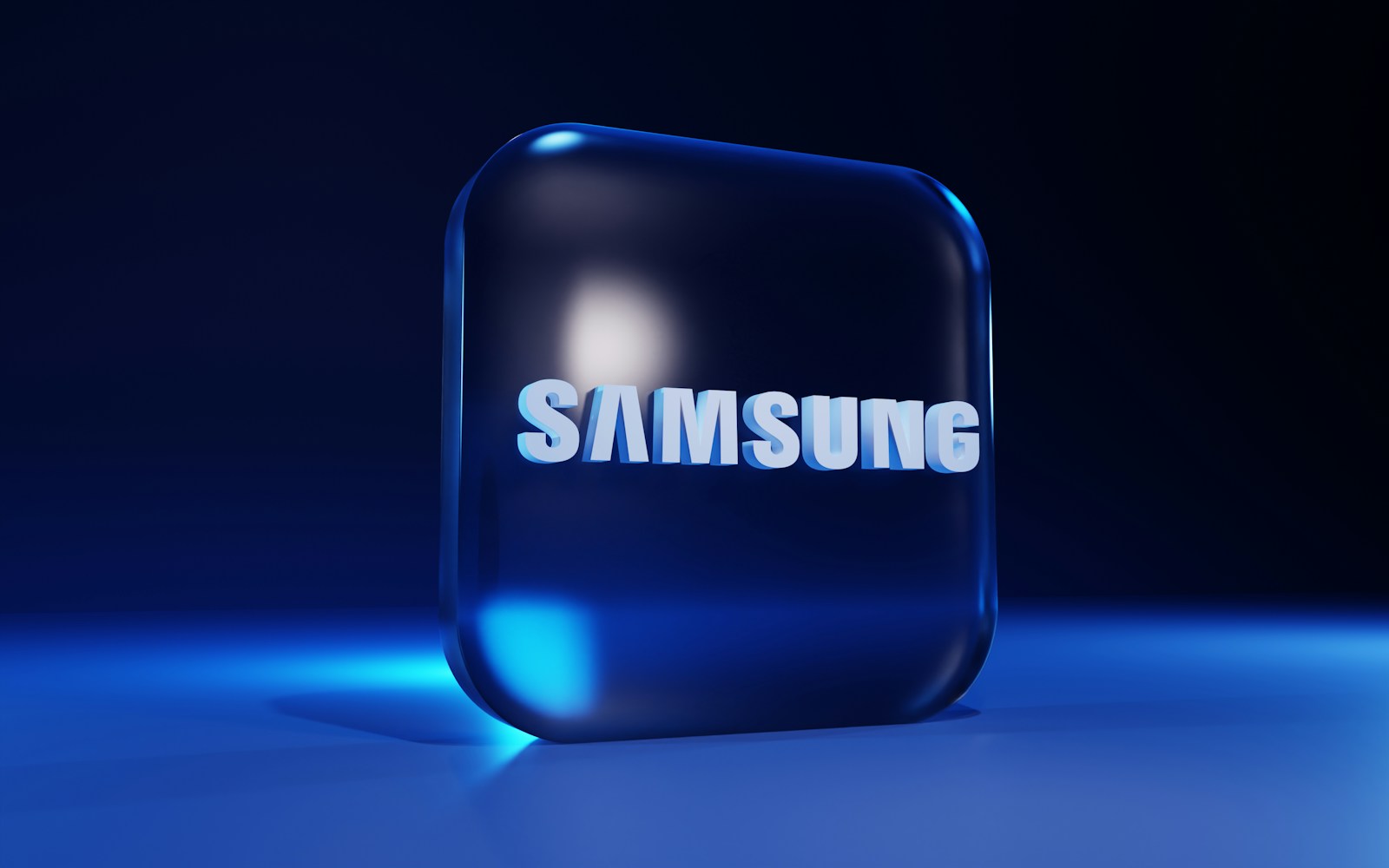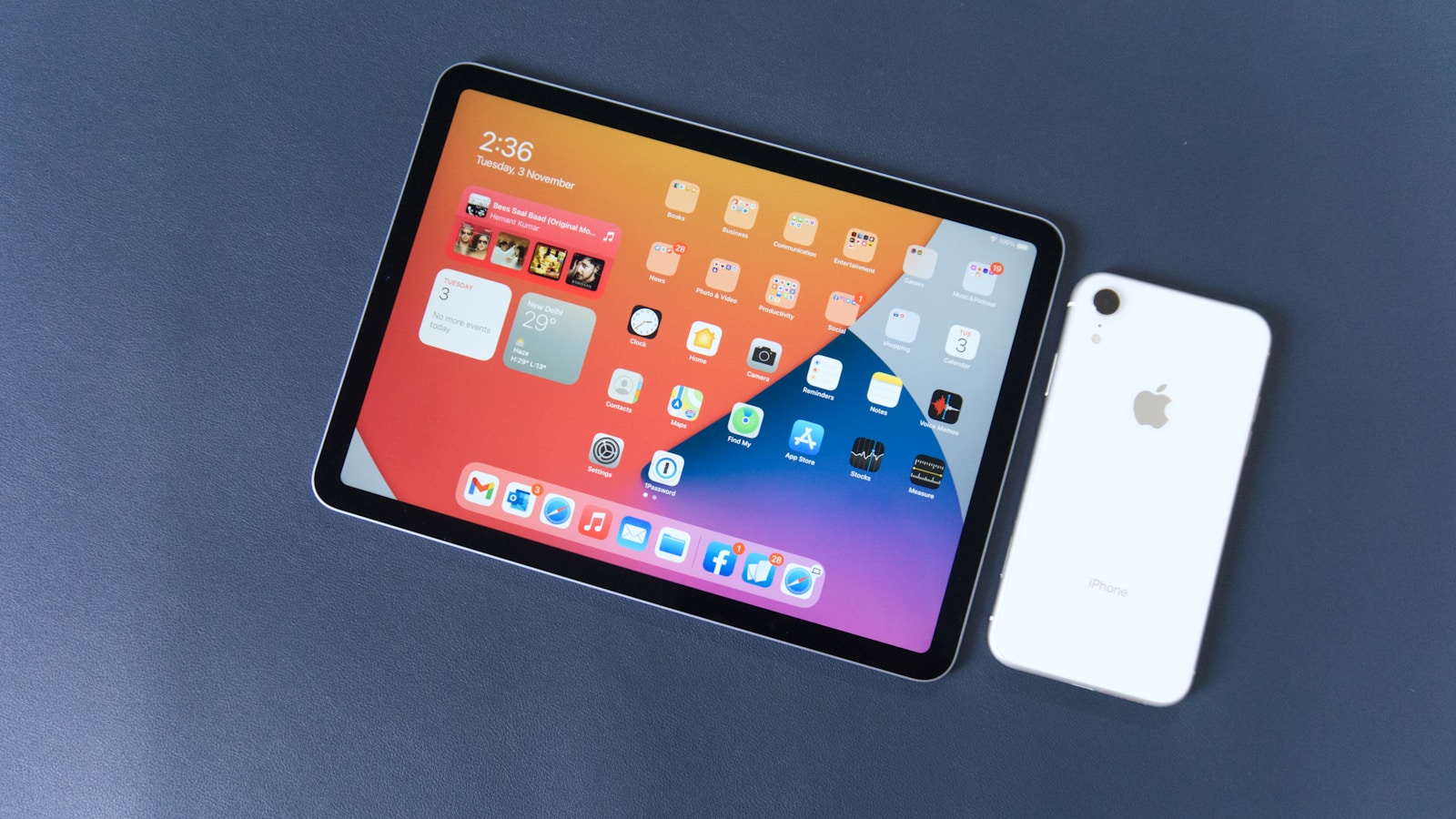Samsung just confirmed it, the Galaxy Edge series is no longer available. It was once praised for its sleek design and curved display. The Edge lineup is now history. And that raises a big question: Can Apple’s ultra-thin iPhone Air avoid the same fate?
The new iPhone Air entered the market as Apple’s thinnest phone ever. It’s light, stylish, and powerful. But with Samsung’s retreat, many wonder if there’s still room for ultra-thin phones in a world that now values battery life and camera power more than slim looks.
Let’s look at what makes the iPhone Air unique, the lessons Apple can learn from Samsung, and whether thin phones still have a future.
What is the iPhone Air?
The iPhone Air is Apple’s thinnest and lightest flagship model to date. It sits beside the most recent iPhone lineup, including the iPhone 17 and 17 Pro.
Key Features
- Only 5.6mm thin, even slimmer than the Galaxy S25 Edge.
- 6.5-inch Super Retina XDR display for vivid visuals.
- A19 Pro chipset for top performance.
- 48MP Fusion rear camera and 18MP Center Stage front camera.
- Built with a titanium frame and Ceramic Shield 2 for strength.
- eSIM-only design, no physical SIM slot.
The new iPhone Air isn’t just Apple’s new phone. It’s Apple’s statement that thin can still be powerful.
Why Did Samsung Cancel the Galaxy Edge Series?

Samsung ended the Edge lineup for a few clear reasons:
- Low sales. The Galaxy S25 Edge sold only 1.31 million units by mid-2025, while the standard S25 crossed 8 million.
- User priorities. Most buyers now want bigger batteries and multiple cameras — things that are hard to fit into thin frames.
- Durability issues. Thinner phones often feel fragile and heat up faster.
Samsung’s move shows a market shift. Consumers want practical phones, not just pretty ones.
Is the iPhone Air Facing Similar Problems?
Reports say the iPhone Air had a fast sellout in China but slower sales in the US and Europe. Apple even cut production by one million units to focus more on the iPhone 17 Pro and Pro Max.
Main Challenges
- Only one rear camera, while rivals have three or more.
- Smaller battery, leading to shorter screen time.
- Ultra-thin design limits hardware expansion.
Still, iPhone Air rumors hint that Apple might already be testing a new version with dual cameras and longer battery life.
Why the iPhone Air Still Has a Chance
Even with its flaws, the iPhone Air offers real advantages.
- It’s light and easy to carry, perfect for people who prefer minimal weight.
- The A19 Pro chip keeps it fast, even for gaming or video editing.
- It supports Dynamic Island and the new Camera Control button for smoother use.
- Works beautifully with other Apple devices, especially the MacBook Air.
The Future of Ultra-Thin Phones
Will thin phones survive? Maybe, but only if brands find the right balance.
Key Factors to Watch:
- Better batteries without extra weight.
- Stronger materials that protect slim designs.
- Smarter cameras that fit smaller frames.
Apple may expand the iPhone Air family, improving camera features and boosting battery life. Some iPhone Air rumors even mention a foldable Apple phone in early development.
iPhone Air vs. Competitors
| Model | Thickness | Cameras | Battery | Weightx | Highlight |
| iPhone Air | 5.6mm | 1 | Medium | Lightest | Sleek & compact |
| Galaxy S25 Edge | 6.2mm | 2 | Better | Slightly heavier | Discontinued |
| iPhone 17 Pro | 7.8mm | 3 | Strong | Heavier | Best performance |
| Pixel 10 Slim | 6.0mm | 2 | Good | Medium | New thin rival |
The iPhone Air may not have the biggest battery or best camera, but it wins for portability and design.
Should You Buy the iPhone Air?

The iPhone Air is ideal if you:
- Value a thin, elegant phone that fits anywhere.
- Use it mostly for calls, light photography, or work apps.
- Want easy sync with your MacBook Air.
But if you’re a heavy camera user or need all-day power, the most recent iPhone Pro models might suit you better.
You can also trade in your older phone or explore Apple’s financing plans for this new iPhone Air.
Rundown
Samsung’s Galaxy Edge is gone, but that doesn’t mean the iPhone Air will follow. Apple has the ecosystem, loyal users, and design skills to make it work — if it listens to what people truly want.
So, the real question is: Can thin still win in a market chasing power and battery life? The answer may define the iPhone Air’s place in the Future of smartphones.
FAQs
How to connect an iPhone to a MacBook Air?
Use a USB-C cable or AirDrop for quick file transfers.
How to back up an iPhone onto a MacBook Air?
Open Finder or use iCloud to safely back up your data..
Ready to take your creativity to the next level? Explore Trends Ideas
and discover what’s shaping the future of digital innovation!
